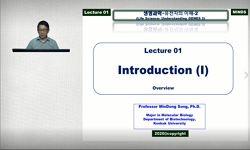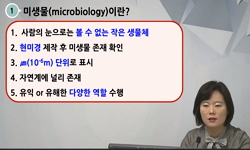The application of sludge wastes into agricultural fields has been increasing annually in Korea. In particular, sewage sludge application has been widely accepted in decades. Sewage sludge application aid in the recycling of essential nutrients and ac...
http://chineseinput.net/에서 pinyin(병음)방식으로 중국어를 변환할 수 있습니다.
변환된 중국어를 복사하여 사용하시면 됩니다.
- 中文 을 입력하시려면 zhongwen을 입력하시고 space를누르시면됩니다.
- 北京 을 입력하시려면 beijing을 입력하시고 space를 누르시면 됩니다.
부가정보
다국어 초록 (Multilingual Abstract)
The application of sludge wastes into agricultural fields has been increasing annually in Korea. In particular, sewage sludge application has been widely accepted in decades. Sewage sludge application aid in the recycling of essential nutrients and act as a source of organic matter improving the structure and water-holding properties of the soil. The efficient use of sludge wastes, however, requires an individual assessment of waste products. This study assessed the biological characteristics of organic waste-treated lysimeter soils and develop its indicator to assess the soil health of organic waste-treated lysimeter soils. Several analytical techniques more recently developed such as restriction fragment length polymorphism (RFLP), phospholipid fatty acid (PLFA), and community level substrate utilization (CLSU) fingerprints allow for detailed analyses of soil microbial communities. PLFA and RFLP was, therefore, used in the study to characterize the microbial communities in soil without the need to isolate individual fungi and bacteria. PLFA, RFLP and CLSU have been utilized to assess microbial characteristics of the lysimeter soils with four different sludge wastes for eight consecutive years. Each of these methods was analyzed for a different aspect of soil microbial characteristics. The study would disclose those methods yielded highly reproductive results for each soil and allow distinguishing the soils based on the structures of specific geneand PLFA-pools more than CLSU fingerprints. PLFA methods, especially, revealed the same relative similarities of the treated soils based on cluster analysis of the biological characteristics. Pig manure compost-treated soil, however, was only the same relative resemblance among the three methods. These results indicated that PLFA easily assessed the biological soil characterization.
동일학술지(권/호) 다른 논문
-
- 한국토양비료학회
- 이계준(Gye-Jun Lee)
- 2008
- KCI등재
-
소성된 Mg-Al Layered Double Hydroxide에 의한 비소(V)의 흡착
- 한국토양비료학회
- 서영진(Young-Jin Seo)
- 2008
- KCI등재
-
토양 유실량 및 유출수량 측정을 위한 회전분할집수기의 평가
- 한국토양비료학회
- 장용선(Yong-Seon Zhang)
- 2008
- KCI등재
-
석탄폐석의 자열소성을 이용한 토양개량용 펠릿의 제조와 특성
- 한국토양비료학회
- 김병곤(Byoung-Gon Kim)
- 2008
- KCI등재





 DBpia
DBpia







